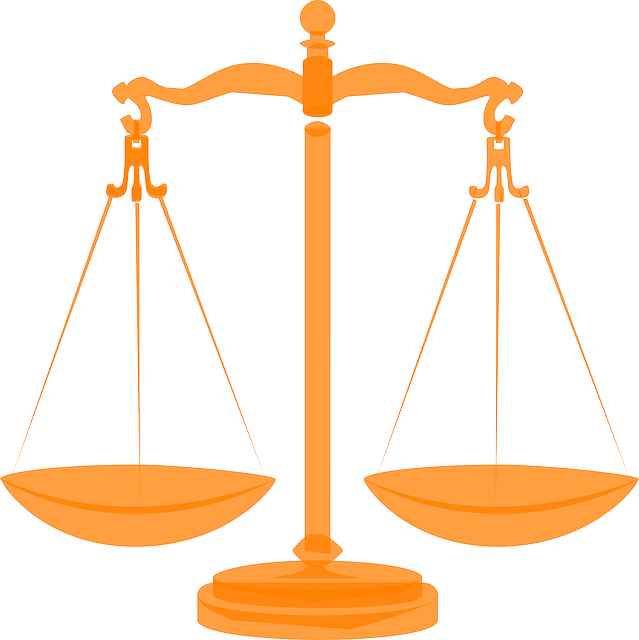Establishing fault in wrongful death claims requires proving negligence or intentional harm with a duty of care breach and direct causation. Defendants often use common defenses like negligence and contributory negligence, which vary by jurisdiction. Some jurisdictions cap compensation to mitigate damages, ensuring fairness and deterring frivolous claims while protecting insurance companies from unreasonable risks.
In the aftermath of a tragic loss, wrongful death claims can bring significant legal complexities. This article delves into the common defenses employed against such claims, providing a comprehensive overview. We explore critical aspects like establishing fault and liability, understanding defenses like negligence, contributory negligence, and immunity. Additionally, we analyze strategies to mitigate damages, including caps on compensation and cost-benefit analyses, offering valuable insights for both claimants and defendants in navigating these challenging cases.
- Establishing Fault and Liability in Wrongful Death Cases
- Common Defenses: Negligence, Contributory Negligence, and Immunity
- Mitigating Damages: Cap on Compensation and Cost-Benefit Analysis
Establishing Fault and Liability in Wrongful Death Cases

In wrongful death claims, establishing fault and liability is a meticulous process that requires careful consideration of various factors. For such cases, proving negligence or intentional actions leading to a person’s death is paramount. Plaintiffs must demonstrate that the defendant had a duty of care, breached this duty through actions or inactions, and directly caused the deceased’s harm, resulting in their eventual demise.
Breach of fiduciary duty and fiduciary duty breaches are significant aspects often explored in these cases. If an individual or entity, such as a healthcare provider or corporation, fails to uphold the required standard of care, it may constitute a fiduciary duty breach. This can lead to potential liability for wrongful death claims, especially if it’s shown that their negligence directly contributed to the loss of life.
Common Defenses: Negligence, Contributory Negligence, and Immunity

In response to a wrongful death claim, several common defenses are often employed by defendants, each with its own nuances and strategies. One of the most frequently argued defenses is negligence. This involves demonstrating that the plaintiff’s injuries or loss did not result from the defendant’s actions but rather from external factors or the plaintiff’s own conduct. For instance, if a personal injury attorney argues that their client’s damages were caused by a third party or due to their own failure to exercise reasonable care, it can significantly weaken the wrongful death claim.
Another defense, contributory negligence, aims to shift blame onto the plaintiff, suggesting their actions contributed to their harm. This strategy, however, varies by jurisdiction and can be complex, especially when dealing with sensitive matters like personal injury or partnership disputes. In some cases, even if the defendant was initially at fault, immunity may apply, protecting them from liability, particularly in situations involving government entities or employees acting within their official capacities, as seen in breach of contract disputes. These defenses require careful legal analysis and a deep understanding of applicable laws to be effectively countered by plaintiffs’ attorneys.
Mitigating Damages: Cap on Compensation and Cost-Benefit Analysis

In many jurisdictions, one common defense against wrongful death claims involves arguing for the mitigation of damages. This strategy often includes proposing a cap on the compensation awarded to plaintiffs. The rationale behind this approach is to prevent excessive payouts that might not accurately reflect the actual harm suffered. Instead, it suggests a cost-benefit analysis where the financial relief granted aligns with the proven economic and non-economic losses incurred by the bereaved family or dependents. This method aims to balance the interests of both parties, ensuring that plaintiffs receive fair compensation while deterring frivolous claims.
Additionally, when dealing with caregiver negligence or auto accident cases that lead to wrongful death, the defense may emphasize the need for a cap. They argue that these limits are necessary to prevent insurance companies from facing unreasonable risks and, by extension, passing on higher premiums to drivers. This approach challenges plaintiffs to demonstrate the direct and indirect costs of the loss, ensuring that any settlement or verdict is proportionate to the proven damages, including medical expenses, lost wages, pain and suffering, and the value of care provided by the deceased.
In navigating wrongful death claims, understanding common defenses like negligence, contributory negligence, and immunity is crucial. Establishing fault and liability requires a thorough examination of the circumstances leading to the death. While mitigating damages through caps on compensation and cost-benefit analysis can limit financial burdens, it’s essential to balance these strategies with ensuring just redress for victims’ families. By familiarizing themselves with these defenses and mitigation methods, individuals and entities can better protect themselves against potential wrongful death claims.






